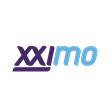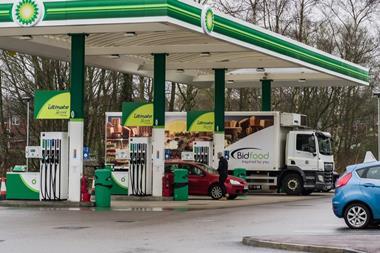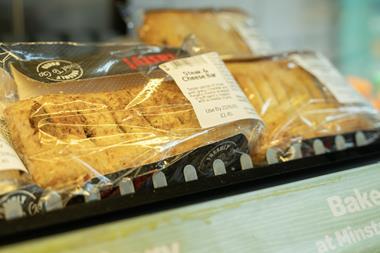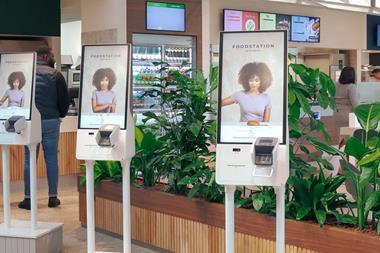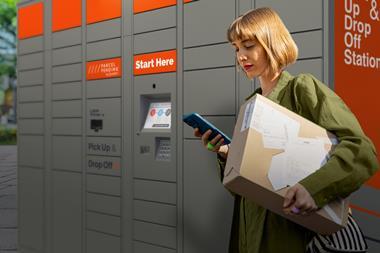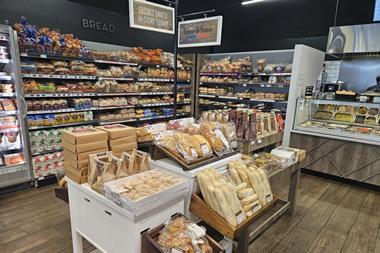When it comes to payment services, customers are looking for a convenient and seamless experience. Find out why flexible mobility cards can be the answer.
The customer’s journey from pump to convenience store or EV charger to coffee shop needs to be as seamless as possible or it can seriously detract from the overall experience. It could even mean they never return.
And, of course, there are the many people who drive onto a forecourt just to use the shop. In the UK, more than 50% of BP’s transactions are now from customers buying food alone. In fact data suggests fuel-only visits make up just 21% of trips to forecourts, with top-up shopping being the main mission (24.6%), followed closely by food to go (21%). [Lumina]
Yet one common but crucial oversight among many forecourt operators, is that the customer experience extends from the services and products provided right through to the payment methods.
This is where mobility solutions come into play, with mobility cards a vital piece of the puzzle.
Traditional fuel cards are single-purpose cards. They are typically assigned to a vehicle or person and are only able to be used within a certain network of forecourts. This severely restricts their use. In addition, forecourt operators often need different payment terminals to accept different cards, leading to different fees and lower margins.
Consumers having to have multiple cards to pay for different parts of their spend can be frustrating but one card that covers most of that spend – well, that’s much more convenient.
This is where a mobility payment card can really come into its own. Forecourt operators who issue their own branded mobility payment cards from XXImo can merge different payment networks into one carrier, allowing the card holder to pay for different kinds of mobility needs. Fuel – yes. EV charging – yes. Car wash – yes. Parking– yes. XXImo cards can even pay for tolls and congestion charging.
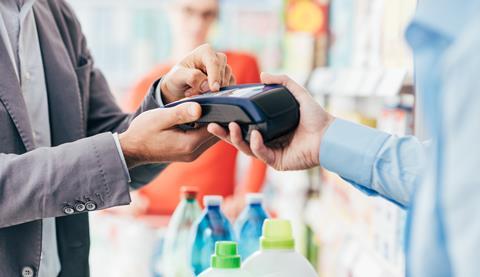
Ingmar Schoemacher, Head of Channel Partner Sales at XXImo, explains: “With XXImo’s platform – powered by Visa – we can merge different payment carriers into one network, making it much more convenient for cardholders.
“In addition, the cards generate revenue for the forecourt operator as most fleet customers will be inclined to spend more time and money on the forecourt. With our card, the card issuer can generate transactions outside of fuel and share in the revenue. This is a big bonus as it can help counter any loss in revenue from lower petrol and diesel sales as drivers transition to EVs.”
Ingmar says the key advantage of the XXImo card operating on the Visa network lies in its ability to enable businesses to establish a unique and tailored network. It functions exclusively within a curated selection of acceptance points and specific parameters. It also provides peace of mind, security wise, as payments are processed over the secure Visa payment network.
Neil Halls, Director of B2B Mobility at Visa, adds: “The power of Visa is that it is universally recognised and accepted, so you no longer need multiple cards. Instead, users have one card that covers all their requirements but with a level of control that protects the business.
“And its convenience extends to the fact that with the XXImo card, users can add it to their Apple or Google wallet, enabling contactless payments with the devices you carry with you every day. No need for a PIN code or plastic card. And, in the future, they would be able to add it to their vehicle’s in-car payment system. If enabled, they can also use it in other third-party mobility apps such as Tesla for its superchargers and Uber for taxis.”
While mentioning superchargers, Halls says it’s important to note the upcoming shift where all EV fast charging points will accept EMV (Eurocard, Mastercard and Visa), underlining the need to have a payment method such as the XXImo card.
The benefits to business of having a XXImo card are plentiful. The cards can be tailored to meet the needs of a business’s workforce. Businesses can set the parameters for use of the card. This means they have control over spend and enabled mobility services (for example, taxi disabled, EV enabled) and also frequency limits (for example, maximum fuelling three times a week).
Another huge benefit for the end user is that the card can collect transaction data about spending meaning expense claims are simplified.
The accompanying app details the cardholder’s complete transaction history and even notifies them if they are getting close to their spending limit. The app also shows cardholders the location of their nearest petrol station or EV charge point. And if a forecourt operator already has their own app, the XXImo card can be incorporated into that.
An administrator portal is also available where management can see the spending of their entire fleet andCO2 usage for specific categories. Such information is vital as part of a company’s ESG (environmental, social and corporate governance) requirements.
Ingmar Schoemacher says a XXImo card can extend the consumer spend too. “On today’s forecourts there is often a Starbucks and Costa Coffee, at which traditional fuel cards are not accepted. Our cards can be programmed to allow use at these stores. For the end user, all their needs can be covered by this one card – including fuel and much more. Another benefit is the extra spend on the card outside the forecourt’s network and the revenue that will bring.”
Improving the customer journey involves creating a continuous, enjoyable, seamless experience from the moment they drive onto the forecourt through to choosing what services and products they want, right through to payment.
Convenience is key and a card issued by XXImo is the answer.

Find out more at www.xximo.com/uk-en/
